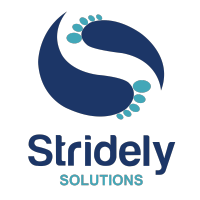Success Story Overview
Stridely Solutions collaborated with a leading manufacturer in the agriculture and industrial sector to implement SAP MDG, revolutionizing their master data management. This transformation enhanced operational efficiency, ensured reliable data quality, and strengthened compliance through centralized governance. By automating data processes, we helped clients achieve greater accuracy, reduced operational costs, and improved decision-making. The streamlined data management framework helped the business to optimize the current operation and also to position the company for long-term scalability, innovation, and sustained business growth.


